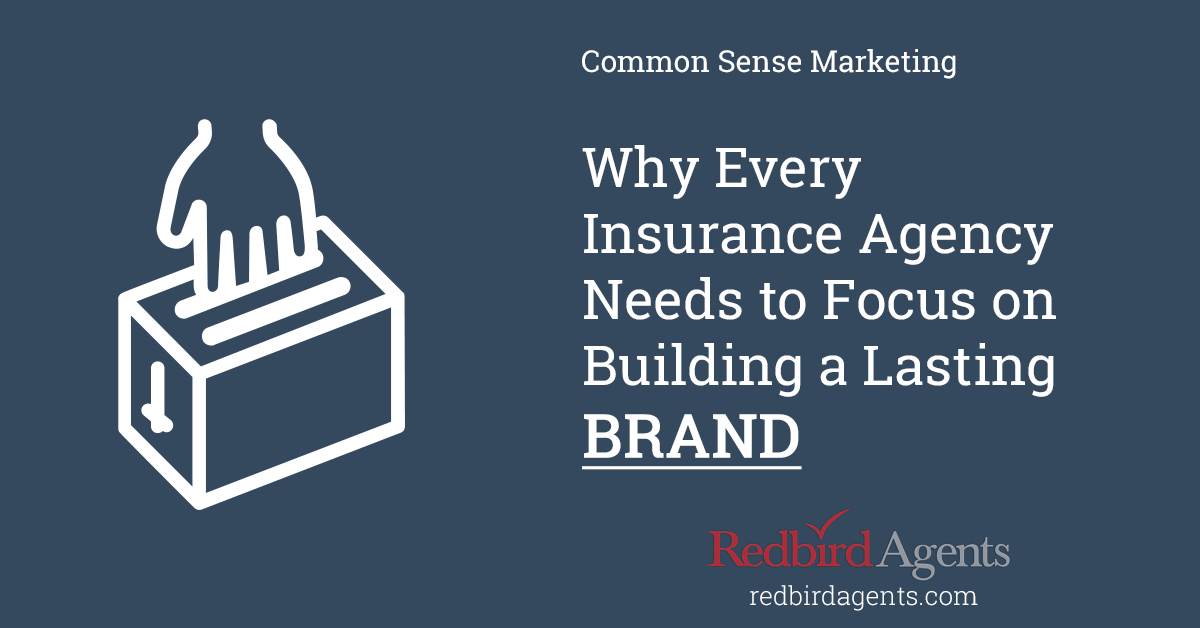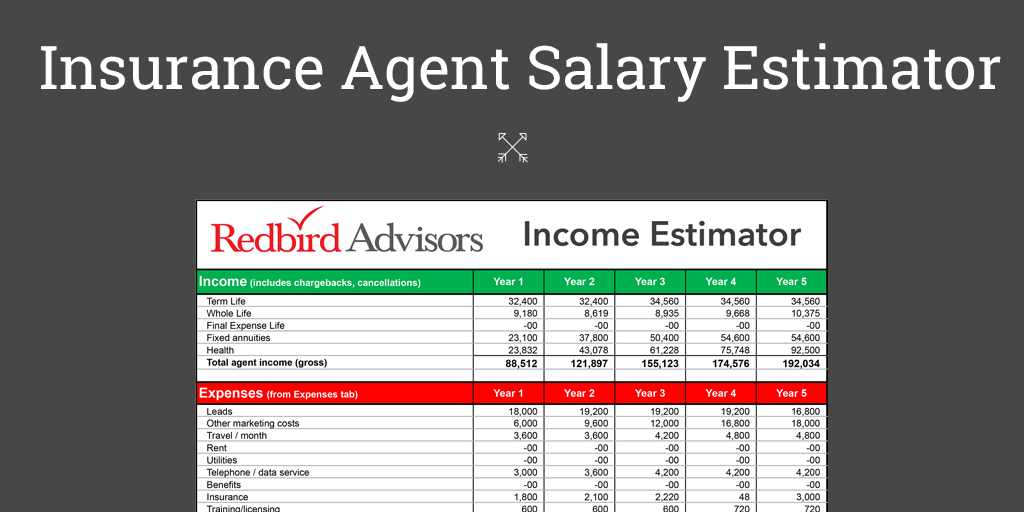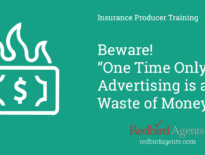
This is the first in a series of articles for insurance agents and agencies looking to improve and/or expand their marketing efforts. While the Internet has thrown many for a loop—a loop we’ll address in this series—the basic tenets of marketing that worked 50 years ago still work today.
Branding Series Overview:
- Why You Need a Brand
- Six Critical Questions for Brand Positioning
- Building Your Personal Brand
- Defining What Business You Are In
- Defining Who You Serve
- Determining Your Client’s Needs
Brand may not be the most misunderstood word in business, but it’s close.
Let’s give it a try. Select the right answers to the following question (all that apply):
What is a brand?
- Business strategy
- Advertising tagline
- Logo
- Television jingle
- Marketing strategy
- Value you deliver to customers
- Company personality
- Customer service
- All of the above
Somewhere in this article we will reveal the answer.
You’ve Just Been Hired as CEO of the Dallas Cowboys Replacing Jerry Jones. He Tells You: “Don’t Screw it Up.”
What exactly is “it”?
The Dallas Cowboys are the most valuable, richest, highest income-producing sports franchise in the world…. And, hasn’t won a championship in almost 25 years!
Yet, in an update to its 2018 rankings of the most valuable sports franchises in the world, Forbes estimates the Cowboys are the first franchise in sports history to hit $5 billion in value. And, Dallas was the first franchise to hit $4 billion in value two years ago.
So, as the new CEO, what exactly is “it” you aren’t supposed to screw up?
- Unmatched financials in worldwide sports: total income, merchandise sales, luxury seating… almost any financial measure.
- Operations excellence to benefit the fan, from the Cowboys’ gameday experience to concerts and other major events.
- Ongoing strategic magic, such as becoming the first NFL franchise to partner with a gambling company or continuing as a venue for some of the great college football matchups every year.
- Wins and losses. Imagine how valuable the ‘Boys might be if they were actually consistent winners again?
What’s amazing in all this is—despite not winning a Super Bowl since 1995—the Cowboys are the number one selling brand of merchandise in the NFL, by a wide margin.
Jerry Jones has built a brand supported by every corner of the organization, from finance to operations to marketing and sales. And, yes, occasionally they win world championships. The Cowboys have no equal in sports when it comes to managing their brand.
So, What Exactly is a Brand?
Think of a brand like a tree. You plant it in hopes it will grow and be beautiful. You plan to water it religiously (just like you promised to walk the dog).
One thing leads to another and a year later you simply haven’t had the time to give your agronomy project the appropriate TLC. While surviving, it’s not thriving. Oh, and now you notice that it’s probably too close to another tree and won’t get the sun it needs.
Your neighbor Bill planted a tree about the same time with much bigger plans in mind. Bill didn’t just want a tree, he wanted to create the most beautiful yard in the neighborhood.
He wanted his yard to make a statement.
Bill’s tree was the anchor for his entire landscaping plan. Along with paying close attention to water, Bill put in place a regular maintenance routine that included fertilizer and pruning. And, he planted it in a spot where it gets full sun all day.
The result: You have a scraggly tree, and Bill had a dream.
A Great Brand Reflects and Supports Your Dreams and Aspirations for Your Business.
Steve Jobs had a big dream as well. He wanted to topple the industry technology giants who, in the early 80s, were, he thought, a wasteland of creativity and vision. He started with computers, then to phones and on and on.
But, to topple giants, he knew great products by themselves would not be enough to build the kind of brand he wanted… a brand that would innovate and dominate.
Big dreams coming from a guy who started in a garage.
The company employed strategies that make Apple the envy of the industry, from design to technology to distribution and service (and what about those Apple stores…wow!).
He wanted more than a computer business, Steve Jobs wanted an innovation dynasty.
Check that off the list.
In in its competitive space, Apple is the unquestioned 500-pound gorilla. While not the biggest technology company in total sales, Apple ranks number one in the world in market value, approaching $1 trillion.
That’s all you need to know.
Great brands happen on purpose… don’t let anybody tell you different.
Great Brands Do 5 Things Really Well.
Redbird has worked with scores of brands over the last 25 years, and those most devoted to building a unique place in their market(s) have successfully nailed the following five concepts:
- Great brands are about less, not more. This scares most business owners. They recoil when we tell them they are better off narrowing the focus of their brand. In their minds, if there were enough money they would scream to the market about everything they do. Savvy leaders know the value of focus and how being recognized as an “expert” in a field carries over into other lines of business. Being the best at something is the best advertising of all.
- Great brands define their markets. This goes hand-in-hand with the previous point: You can’t serve everyone, so carefully define the spot in your industry you want to own—even if it’s just in your local market. Jim Tucker owned (still owns) “land” in Northwest Arkansas. Steve Jobs and Apple owned (still own) high-powered devices that can manage large creative projects. Again, less is more when it comes to branding.
- Great brands make bold promises. The boldest of bold promises came in 1982 when then-Chrysler chairman Lee Iacocca went on national TV to tell us about the new Chrysler and how he and his team had cleaned up the mess he inherited when he took the job. Then, the camera came in close and Iacocca told us if we could find a car built better than a Chrysler then we should buy it. He saved the company, not because he made a bold statement, but because Chrysler was now actually building a better car.
- Great brands take risks. Five months following 9/11, Budweiser ran a 60-second TV commercial during the Super Bowl remembering the nearly 3,000 that lost their lives in and around the twin towers. There was only music and the brewer’s iconic Clydesdale team trekking across the country pulling the Budweiser carriage. The team ends up in New York City. For those of you who haven’t seen it, I won’t spoil the surprise… Budweiser 911 ad. Budweiser had much to lose if the spot was seen as opportunistic. Bud chose the risky path nonetheless, and it worked.
- Great brands require every piece of the company to pitch in. A small coffee shop in my home town recently went out of business. I had been there several times and found they did everything well except customer service. They had all the “hard” pieces in place—products, atmosphere, style—but they failed to address the “soft” pieces, namely their people were downright rude. Great brands are assets of the business, and they can only be great if every corner of the business pitches in.
Why Do I Need a Brand for my Insurance Agency?
To steal a Steve Jobs term: Insurance is a wasteland when it comes to brands.
Why? Because most of your competitors are too busy selling insurance and not thinking about the future.
Is this you?
Here’s the opportunity: Insurance is the most undifferentiated industry in the world. I can’t prove it, but I’m sure of it. This is great news for those of you serious about growing your business and building a competitive fence around it.
Jim Tucker the Land Man!
The real question you must answer first is do you believe you have something unique to offer… something you can claim you own?
Most would say yes. It might be knowledge around a specific product like life insurance or how you provide a high level of customer service. However, most would also say that’s what about a couple million insurance agents already do.
“How in the world can I be different when I’m really not different” you might ask?
That’s the magic of branding.
There are so many examples in highly competitive categories where companies were able to position what appeared to be equal capabilities to their advantage.
The brand is an owner’s best friend. It provides the focus for everything the company does, from marketing to customer service to sales and operations. It is the legislator for how you run and grow the business.
There’s a BIG, BIG opportunity in insurance for those of you who are thinking bigger than the next sale.
Two Guys from Small Towns in Arkansas Figured Out the Power of Branding… More Than 50 Years Ago.
Most of my family grew up in Northwest Arkansas and knew two highly-successful businessmen on the opposite ends of the business spectrum who knew how to create unique brands.
In the early 1960s you couldn’t go down the street in Rogers, Arkansas without seeing one of Jim Tucker’s signs: “Jim Tucker: The Land Man.” Jim sold other kinds of real estate but his stake in the ground was land (no pun intended).
In 1960 the U.S. Army Corps of Engineers began work on what would be Beaver Lake, what is today one of the biggest tourist attractions in Arkansas. Jim made a bet there would be big demand for lakefront property.
And, there was, and to this day Jim’s company remains a significant competitor in the “land” space in one of the fastest growing areas in the country. Jim Tucker knew exactly what he was doing.
Sam Believed he Could Provide Value and Low Price Through Operating Efficiencies.
About that same time about six miles down the road in Bentonville, a local retailer with a couple of successful stores had a vision that he could save people money and make their lives a little better through a new kind of retail store. He would do that through operational excellence and low prices.
Sam Walton’s promise of delivering price and value stands today as Walmart’s promise to customers. While competitors and ad slogans have come and gone, Wal-Mart today reflects the attributes that Sam instilled more than 50 years ago.
The Wal-Mart greeter remains a key part of how the company has put a new shine on its customer experience.
Fifty years later the vision Sam and Jim had for their companies is rock-solid.
How do I Create a Brand for My Insurance Business?
Great brands—big or small—start with a dream which turns into visions of world dominance.
Really.
Planting trees is an activity. If you want the nicest yard in the neighborhood then you need a plan, not just a tree.
The Heart of a Brand is the Brand Positioning.
Everything about a brand is rolled up into the answers to the following six questions:
- What Business are You in?
- Who Do You Serve?
- What are Their Special Needs?
- With Whom Do You Compete?
- What Makes You Different?
- What Unique Benefit Do Customers Derive from You?
A brand is your promise to customers and employees exactly how you will conduct business and what they can expect from you.
At Apple that promise is innovation. At Starbucks it is community. At Nike it is personal performance (both for the organization and its customers). From these promises come businesses that operate, organize, deliver, market and sell in a way that separates them from competitors.
It doesn’t matter how big or small your company, the purpose, value and opportunity of building a brand is the same: to help position your company as unique and valuable to your target audience.
Understanding the Difference Between Selling and Branding is the First Step to Recovery.
The biggest reason most insurance companies fail at brand building is because they don’t believe in the power of a great brand.
Rather, they believe in their ability to sell.
Let’s end on this: Selling is an activity dependent on a person. Branding is an activity dependent on the organization.
Which one do you believe will be more effective for your business?


